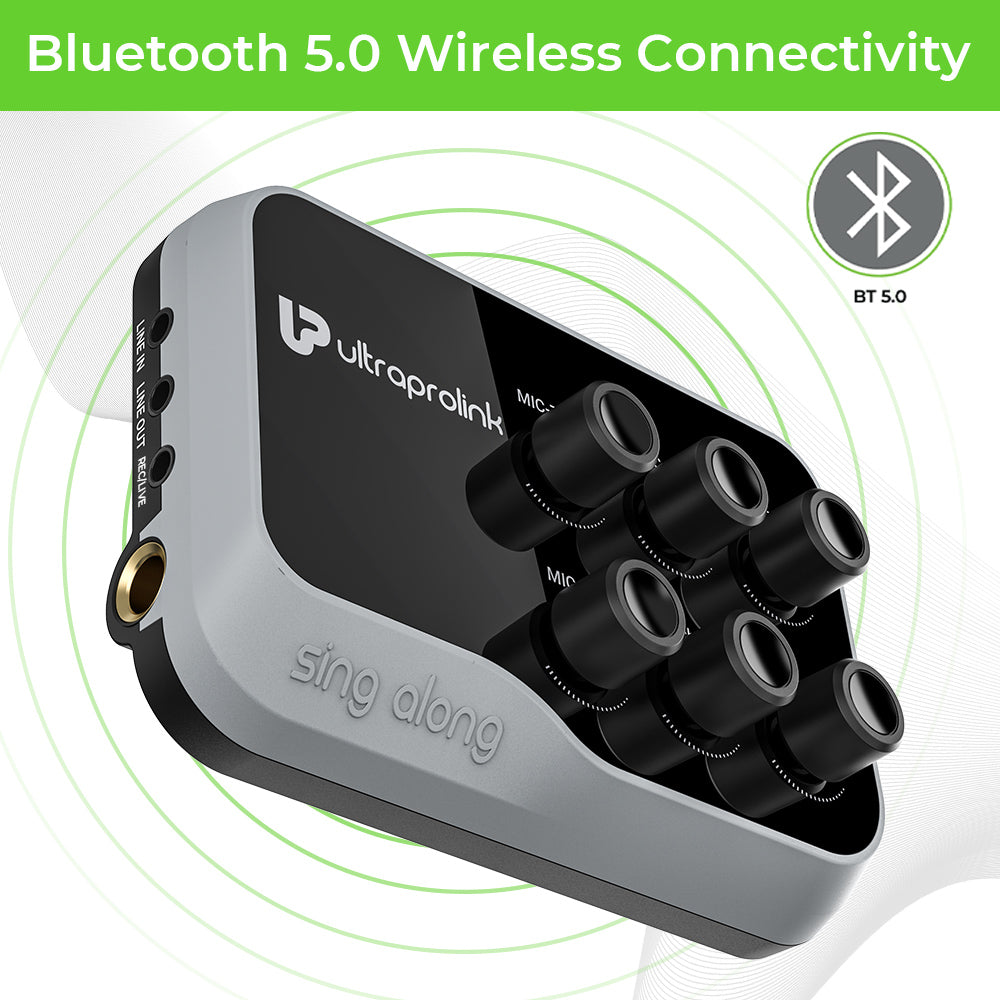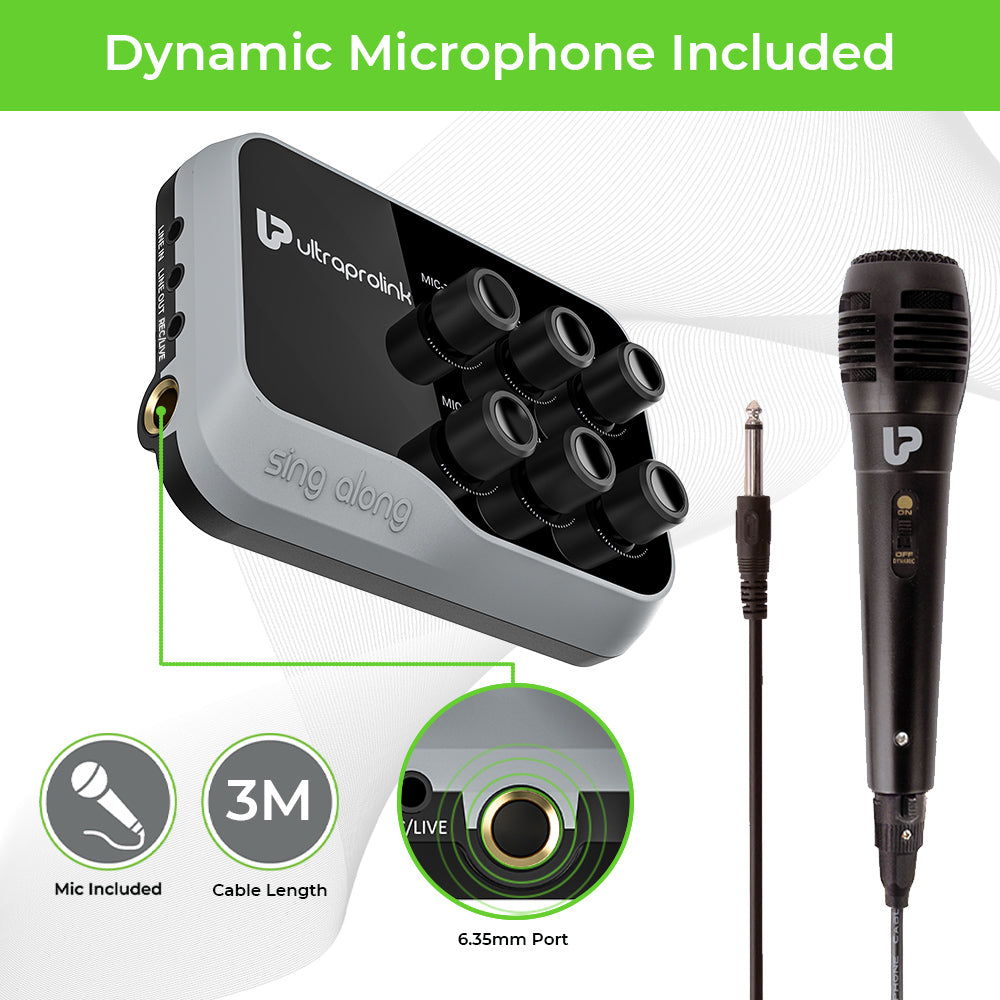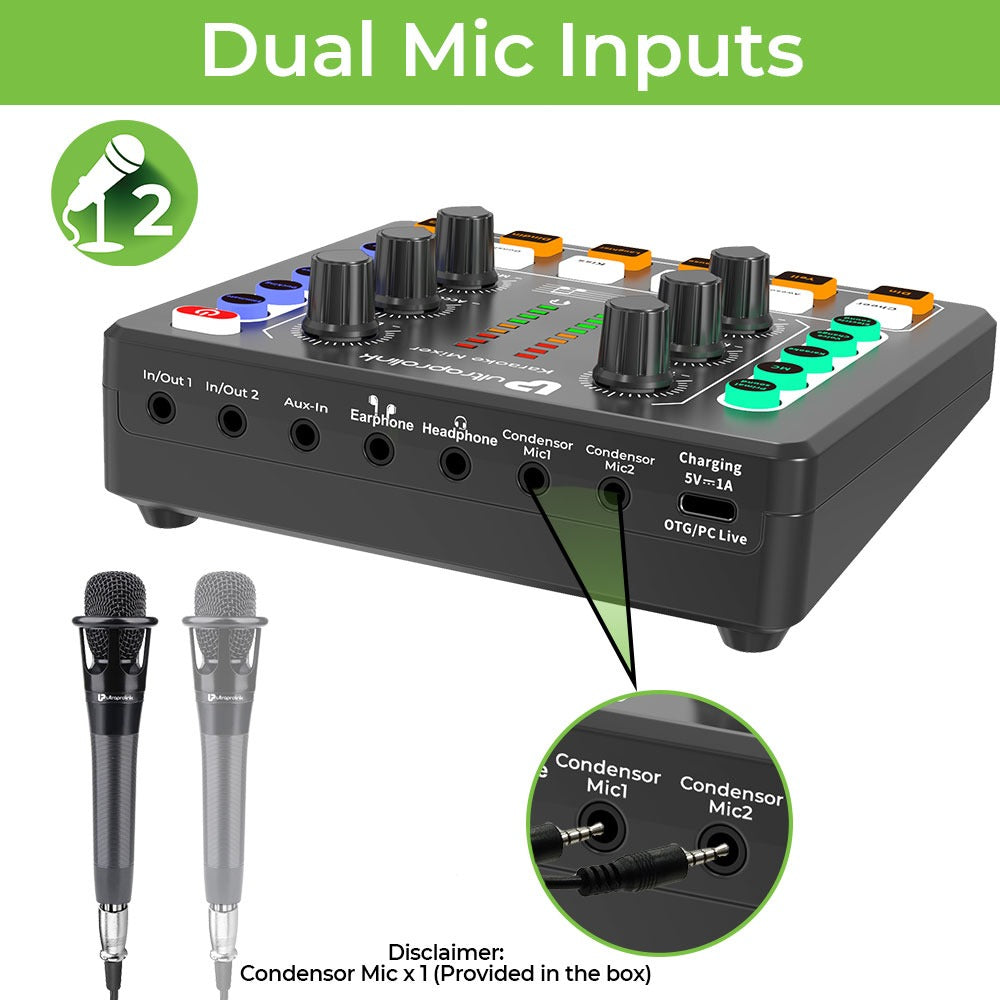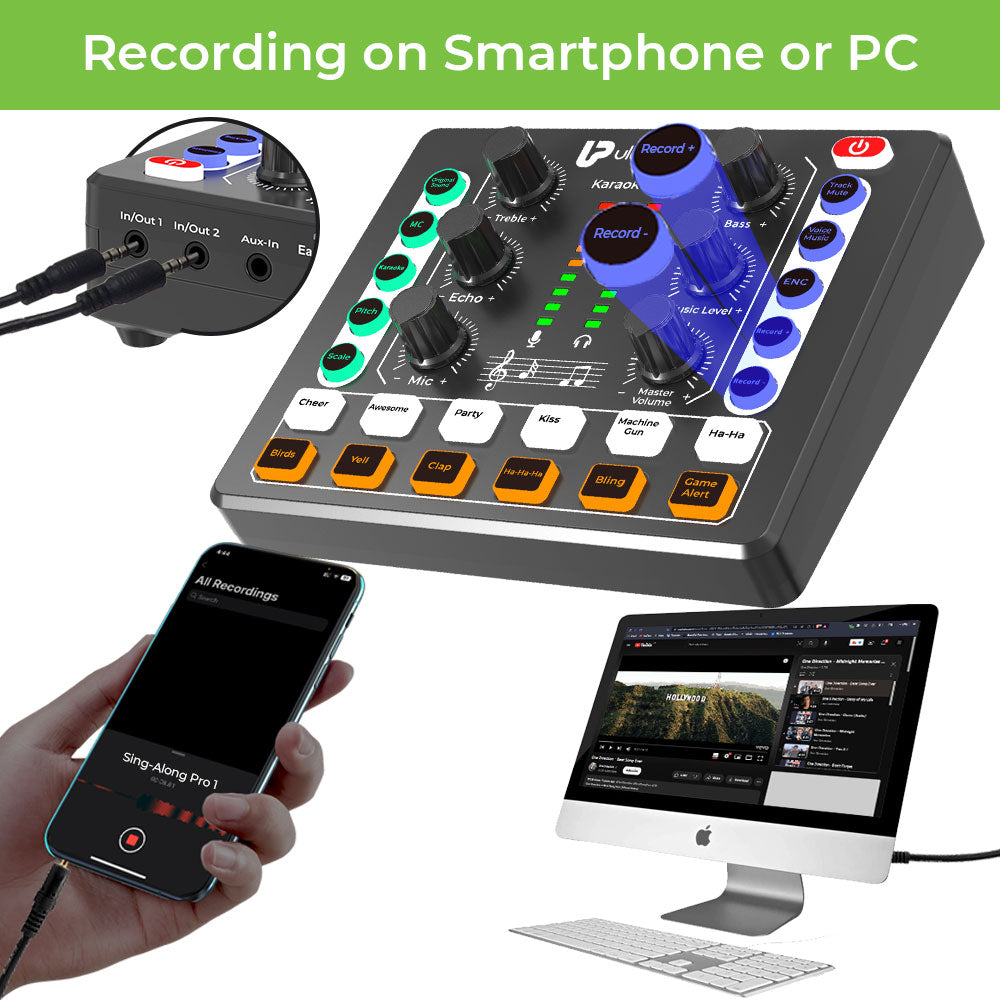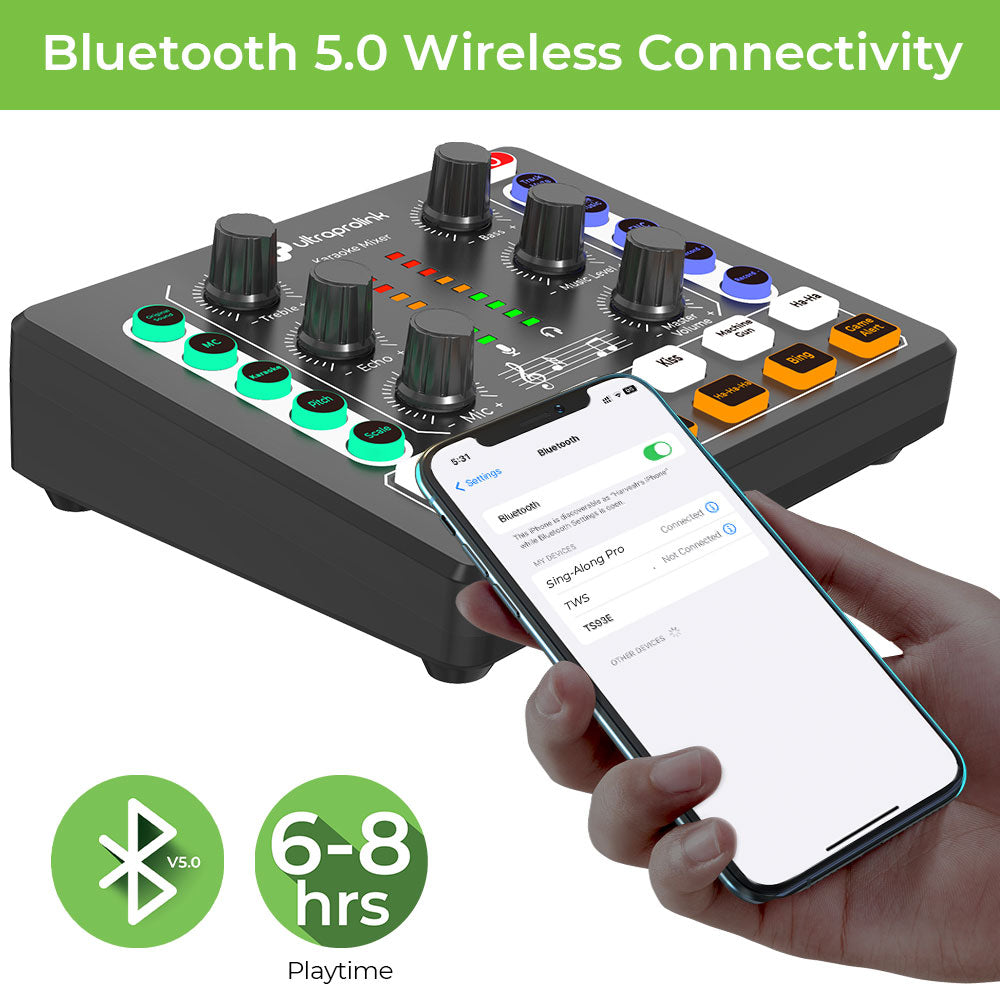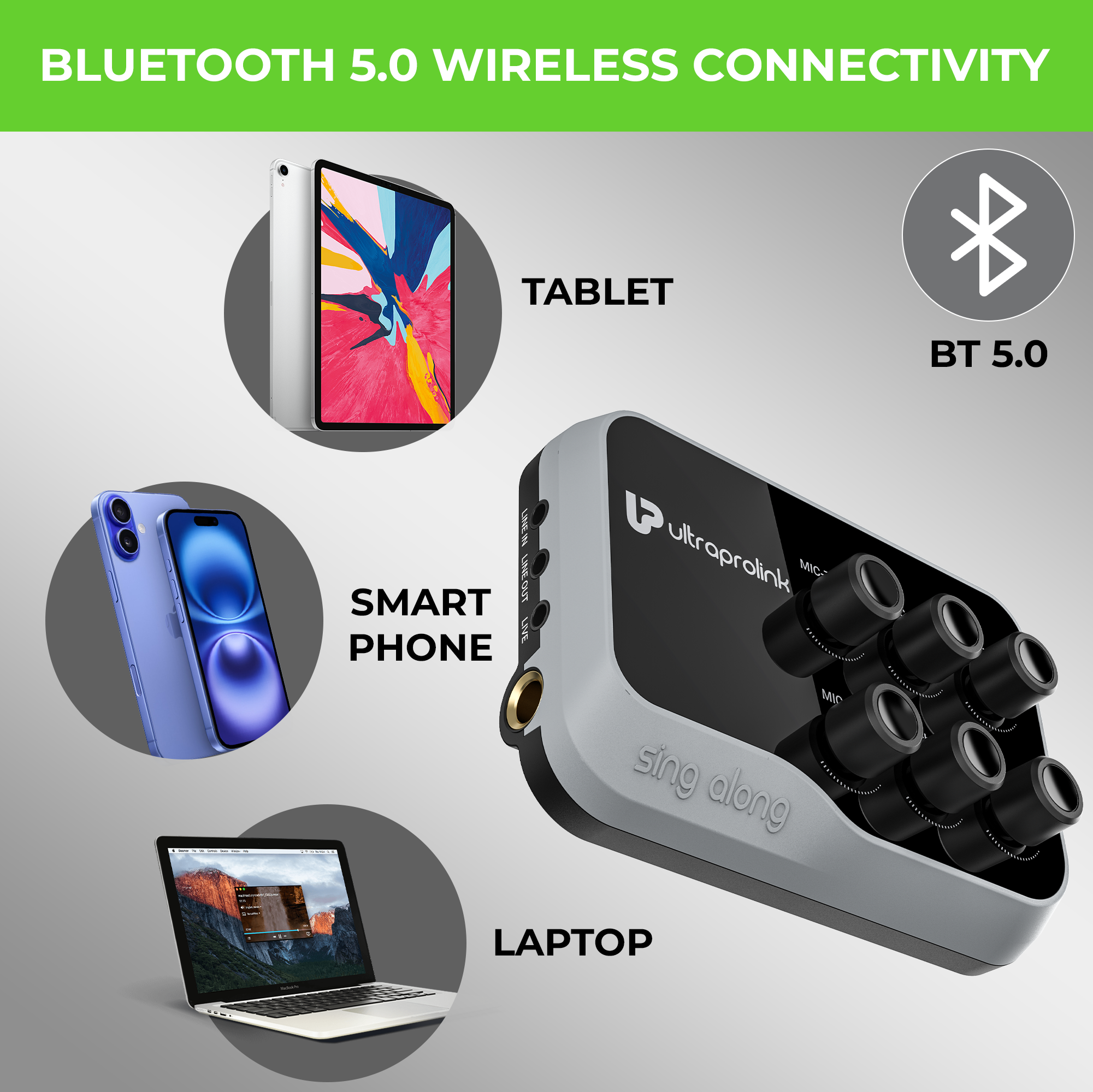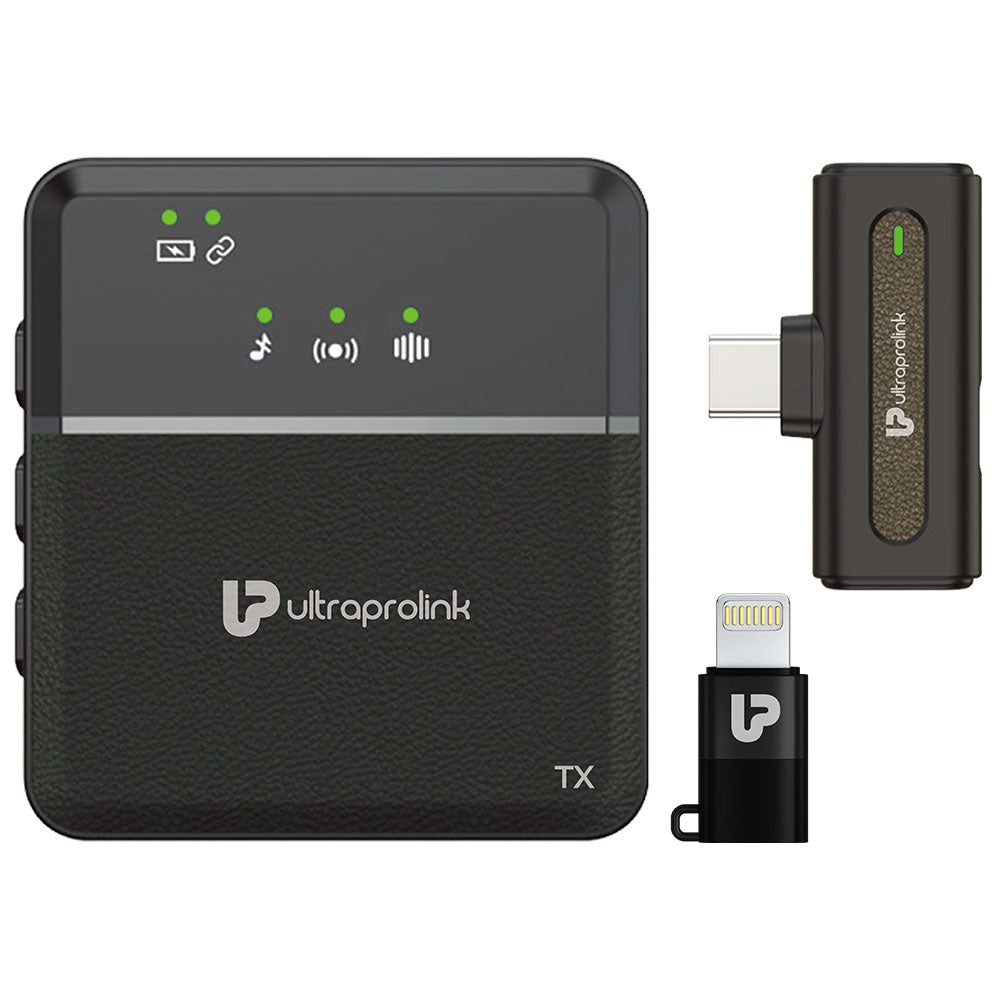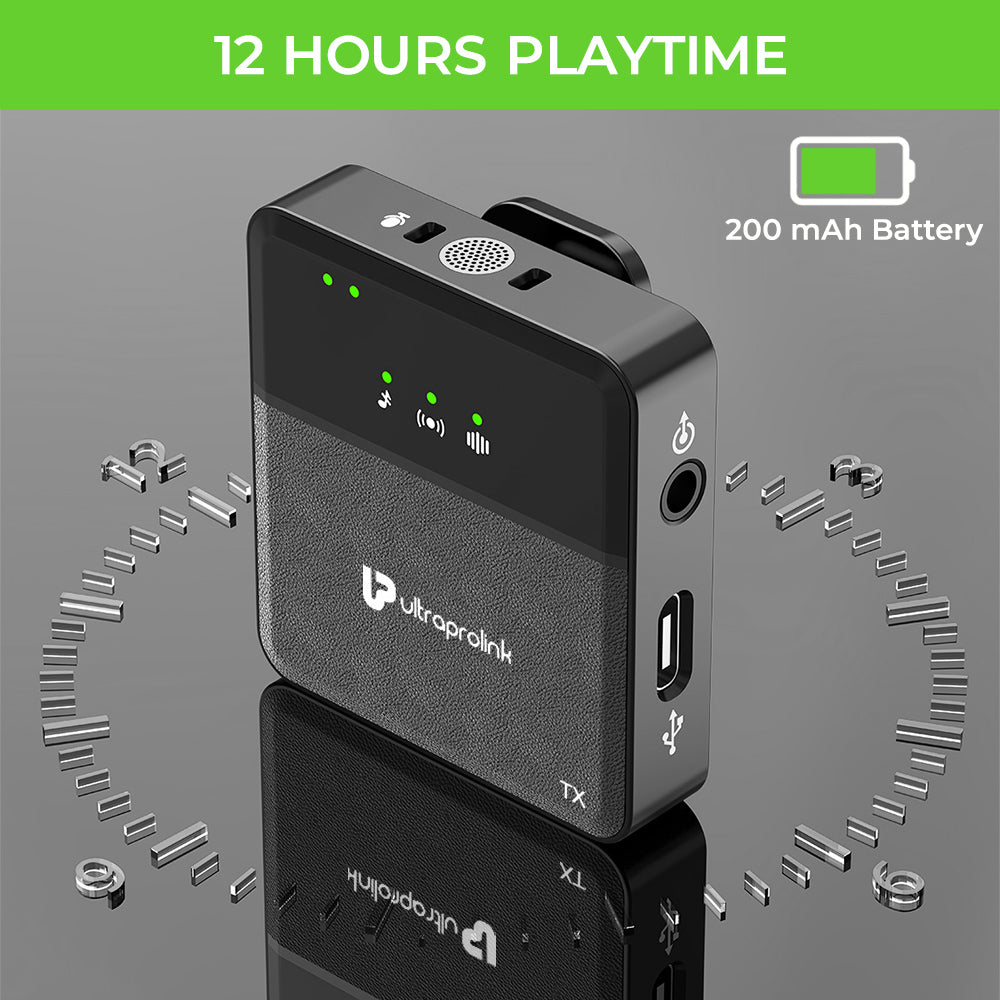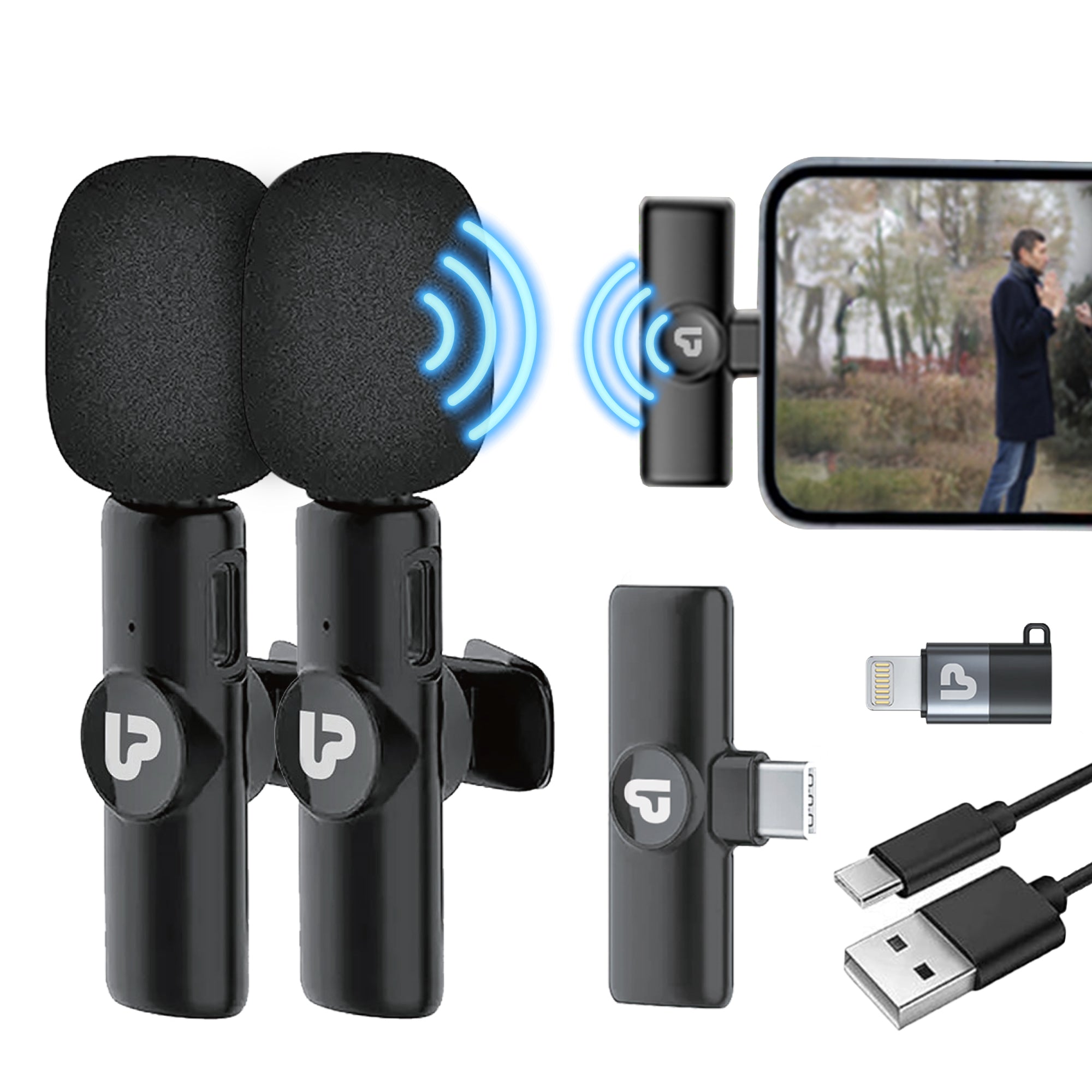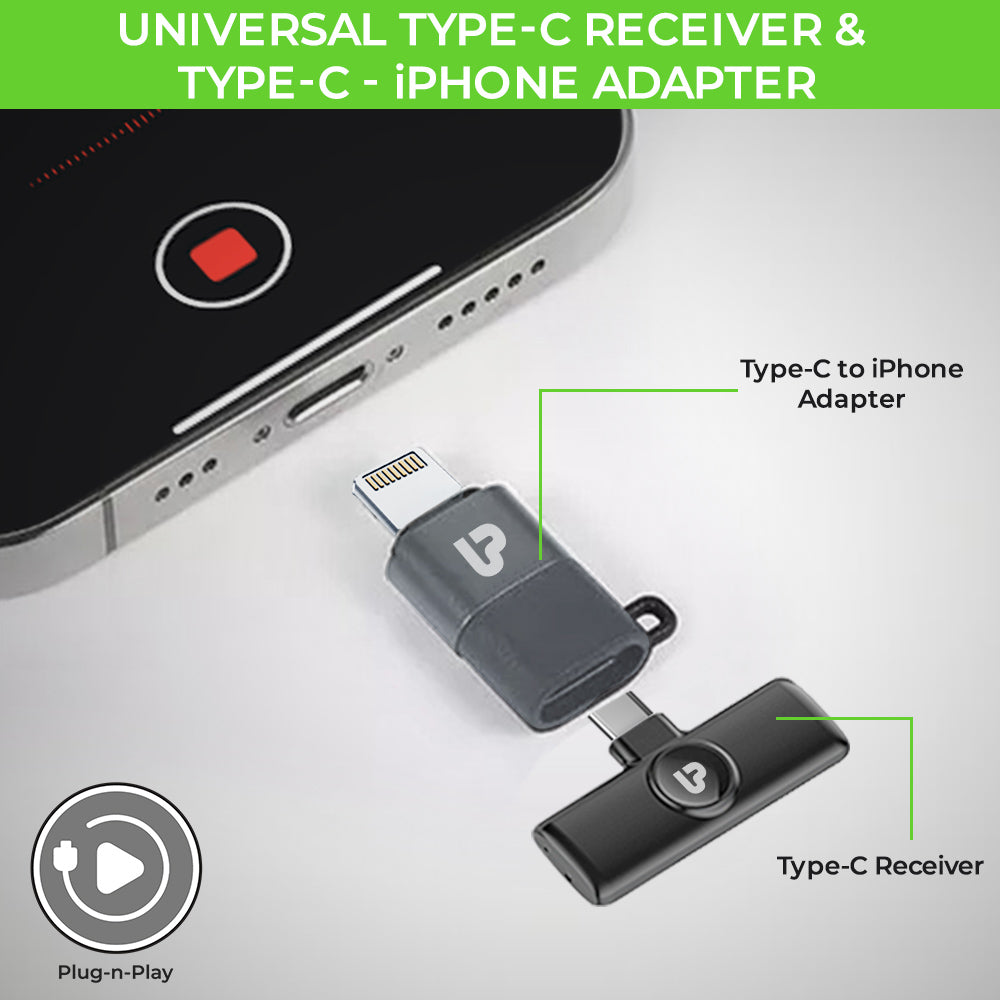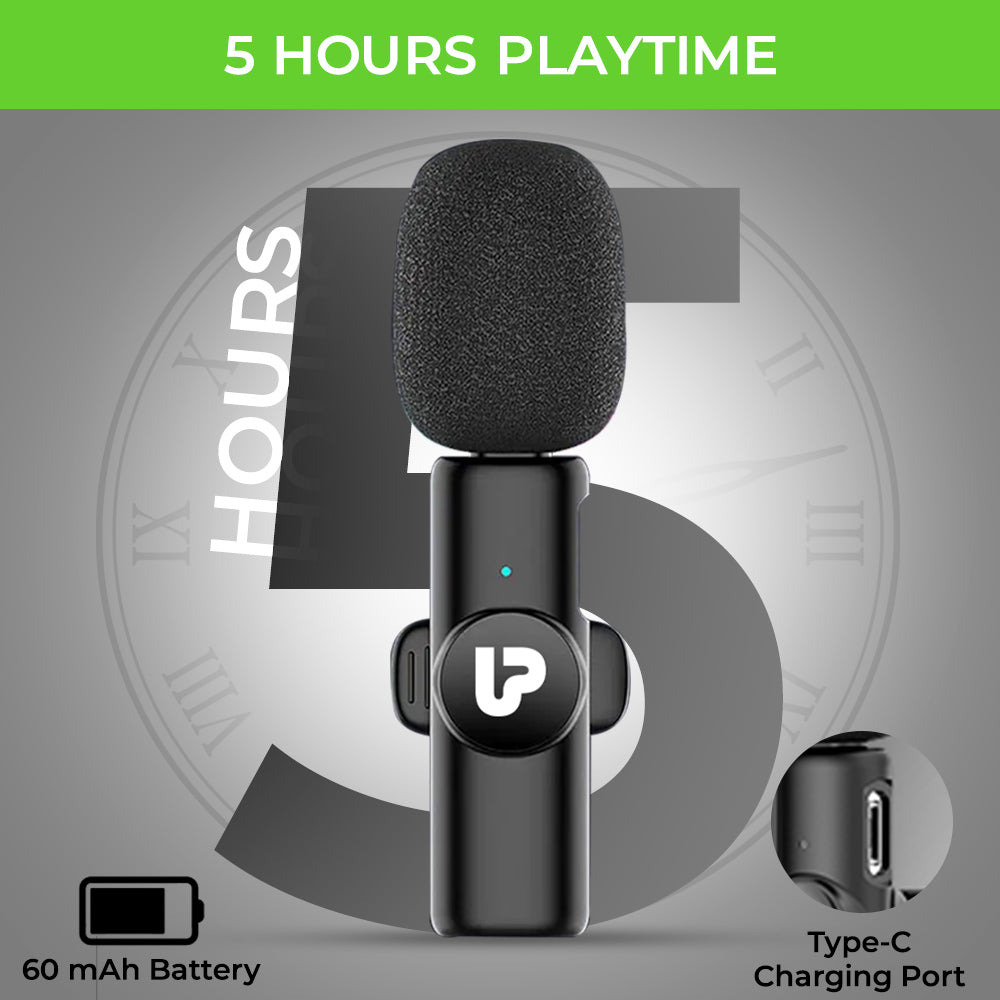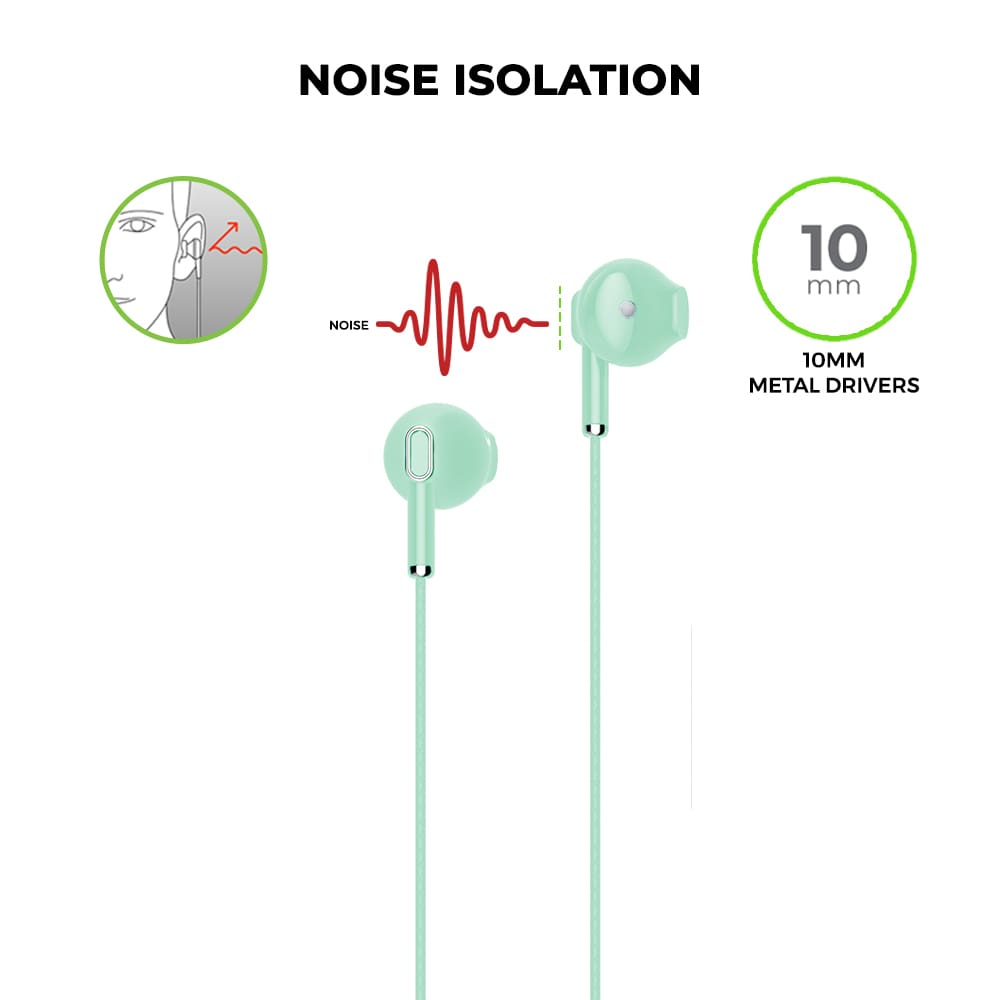Audio
Sing-Along
Sing Along Portable Universal Wireless Karaoke Mixer With Recording
Sing-Along Pro
Singalong Duet
Sing-Along Duet Wireless Karaoke & Live Broadcast Mixer with Dual Wireless Mics UM1002D
Sonic Duet
Sonic Duet Dual Dynamic Wireless Microphone & Receiver Set UM1194-2
Air-Tunes Duo
Air-Tunes Duo Bluetooth Transmitter & Adapter UM1161
Sonic Pro
Sonic Pro Wireless Microphone & Receiver Set UM1192-1
Sonic Wireless Microphone
Sonic Wireless Microphone & Receiver Set UM1191-2
Sonic
Sonic Wireless Microphone & Receiver Set UM1191-1
MoBass+
MoBass+ Noise Isolation Hands free Metal Earphones with Mic UM1208GRY-EP
MoBass+
MoBass+ Noise Isolation Hands free Metal Earphones with Mic UM1209GRY-TC
MoBass+
MoBass+ Hands free Metal Earphones with Mic 1.2m UM1129BLK
Pastels
Pastels UM1130 Noise Isolation Hands free Earphones with Mic 1.2m

Free Extended
Warranty
Shipping
Pan India

Reliable
customer support

Trusted by
3.5 M + customers.



